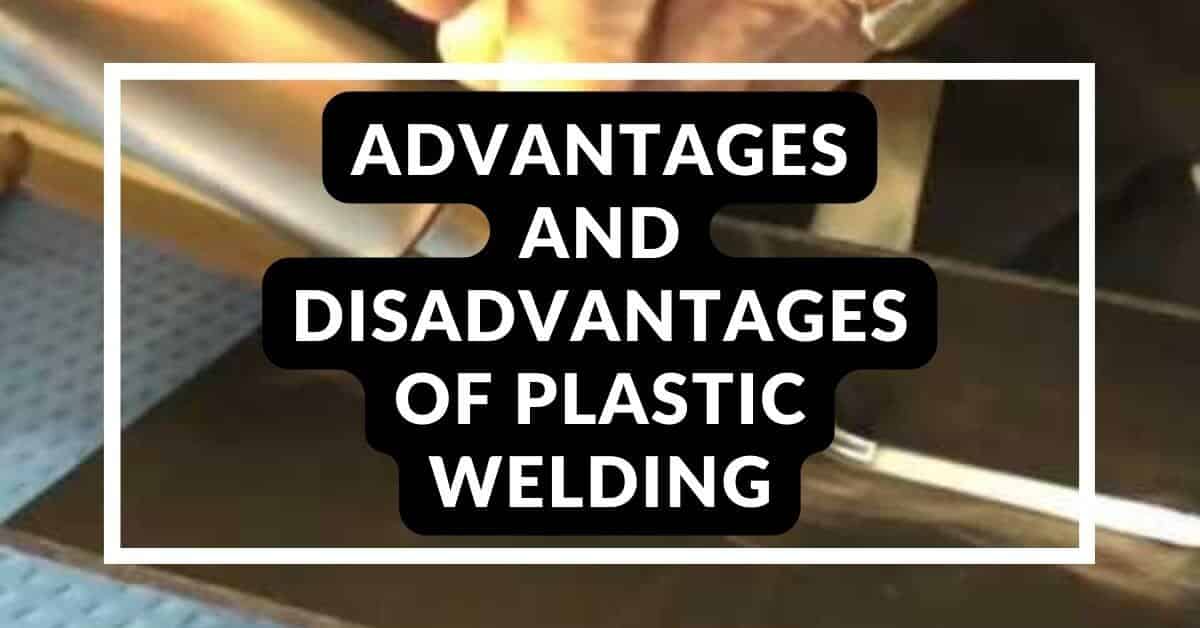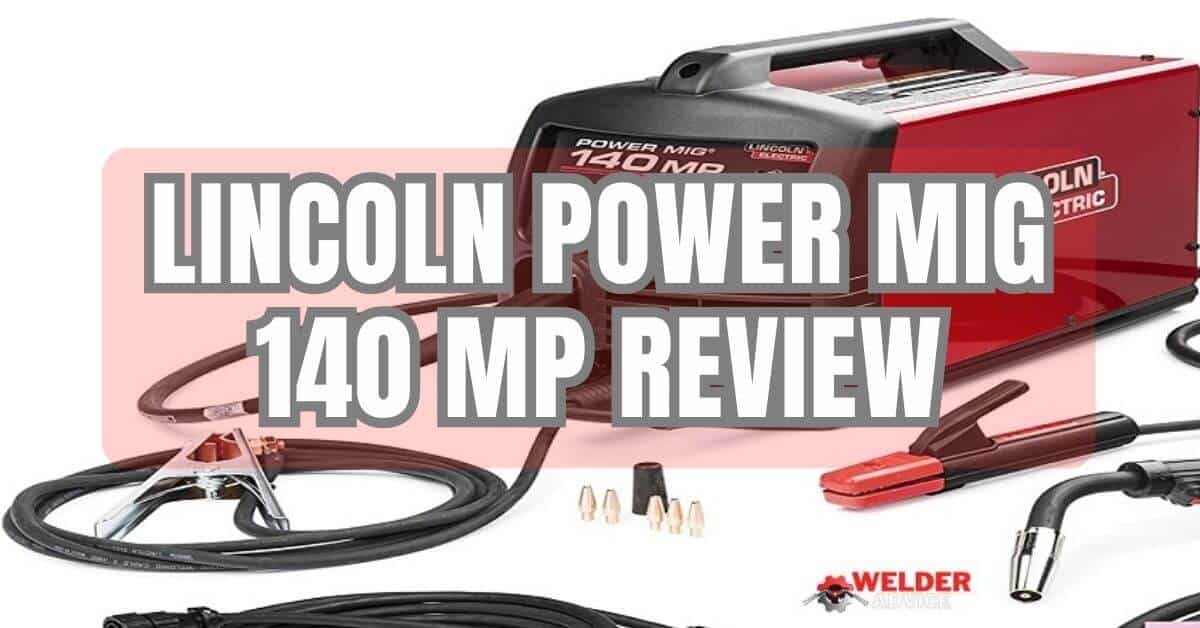When it comes to joining plastic parts, there are several different welding methods. Each method has its advantages and disadvantages, making it essential to understand the differences between them to make an informed decision about which is best for your specific application. Let’s get to the Advantages and Disadvantages of Plastic Welding.
Definition of Plastic Welding
Plastic welding is a process that uses heat and pressure to combine two or more pieces of plastic. It is used for various applications, including joining plastic pipes, fabricating parts, and repairing damaged plastic components.
Advantages and Disadvantages of Plastic Welding
Here are the Advantages and Disadvantages of different types of Plastic Welding. To be a plastic welder, you must know these things.
Hot Gas Welding
We use the Hot gas welding method to join thermoplastics. Also, use hot gas to melt the surfaces of the joined plastic parts. The melted plastic is cooled and solidified, forming a solid bond between the parts. This method benefits plastics with high melt points, such as PVC and ABS.
Advantages
- High strength bond
- Fast welding process
- Widely applicable to plastic materials
Disadvantages
- Requires specialized equipment
- It can be dangerous due to the use of hot gases
- It can be difficult to achieve a consistent weld
Ultrasonic Welding
Ultrasonic welding is a method of welding plastics in which high-frequency sound waves generate heat and melt the plastic at the point of contact. This method is best suited for plastics with a low melt point, such as PE and PP.
Advantages
- The fast and efficient welding process
- Widely applicable to plastic materials
- Allows for precise and consistent welding
Disadvantages
- Requires specialized equipment
- Can be expensive
- Achieving a solid bond in certain types of plastic can be challenging.
Vibration Welding
We use the vibration welding method to join plastics, where we press the plastic parts’ surfaces under pressure and then vibrate them at a high frequency to create a bond. This method best suits plastics with a medium melt point, such as nylon and polycarbonate.
Advantages
- Strong bond
- The efficient and consistent welding process
- Used is wide range of plastic materials
Disadvantages
- Requires specialized equipment
- Can be expensive
- It can be difficult to achieve a consistent weld in certain types of plastic.
Infrared Welding
We use Infrared welding to join plastics where heat energy is provided by infrared radiation, which heats the surfaces of the plastic parts and creates a bond between them. This process is suitable for plastics having low to medium melting points, such as PE and PP.
Advantages
- The fast and efficient welding process
- Widely applicable
- Allows for precise and consistent welding
Disadvantages
- Requires specialized equipment
- Can be expensive
- It can be not accessible to
Also Read:
- Best Welding Helmet for Best Protection
- Type of Fire Extinguishers Used in Welding Shop
- Why Do Welders Drink Milk?
- 4H Welding Ideas with Safety Tips
Final Thoughts
Overall, plastic welding is an effective and efficient way to join materials. It can join materials of different shapes, sizes, and thicknesses in many industries. However, it does require specialized skills and equipment to ensure successful welds. Additionally, the environment should be carefully monitored for potential fumes during the welding process. Plastic welding can be a valuable tool for many applications with the proper precautions and considerations taken. I hope you now understand the Advantages and Disadvantages of Plastic Welding.






